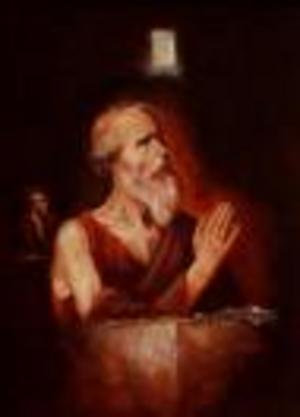Jean-Luc Godard’s A bout de souffle, or Breathless, begins with a shot of a young Parisian looking at a picture of a beautiful woman while he wears a stylish hat and smokes a cigarette, reminiscent of Humphrey Bogart. From then on, we watch how the dissemination of cinema’s imagery and style causes people to “perform” their parts in life. Part hood, part gangster, Michel Poiccard (Jean-Paul Belmondo) shares a reluctant romance with girlfriend Patricia Franchini (Jean Seberg). Filmed, I believe, completely with a hand-held camera, Breathless was the first crossover hit of French New Wave cinema. Although the film has a unique style, Breathless is entertaining, intelligent and particularly “French”: philosophical, absurd, and amoral.
Coming in at only 90 minutes and using English subtitles, this film is worth your time. Godard famously said, “all you need for a movie is a girl and a gun.” Breathless holds to this model, but breaks drastically with traditional filmmaking with its cash-strapped production. The longest scene is a conversation in an apartment between Michel and Patricia, and much of the action occurs off-screen. This is not to say the production value is low; Godard uses the funding limitation to the film’s advantage.
Although New Wave cinema attempted to undercut plot-focused traditional film narratives, Breathless uses a linear story. Michel steals a car and is chased by police, one of whom he shoots and kills. Back in Paris, he attempts to get some money together to flee to Rome, but is kept home by his apparent love for Patricia. Breathless feels more like a documentary at times, and Michel’s criminal activities — shooting a cop, stealing cars, pickpocketing — receive no moral judgment. Michel’s first loyalty is to imitate his Hollywood heroes, in their chainsmoking, womanizing, and unthinking gangsterism. Caught up in this underworld, Patricia, an American living in Paris, must make a choice.
Watch Breathless for its freeform cinematic style, absurd tendencies, and use of jazz music. The acting is not overly impressive, but this may be purposeful for Godard, because it interrupts the way traditional storytelling foists plot on the viewer. Also, Godard uses absurd dialogue to match the contradictory situations of the characters. Michel and Patricia discuss random things instead of talking about how Michel is on the run from the cops; this situation does not seem to interest him too much. And actor/writer/director Jean-Pierre Melville’s cameo as a famous Existentialist-style writer delights: “What is your greatest ambition?” Patricia asks in a disjointed group interview. “To become immortal, and then die,” he responds.
Ultimately, Breathless is about the everyday person’s experience of fame. When anyone can be photographed, everyone becomes a possible star. This automatically removes any moral content from Michel’s actions, because he is merely trying to be like Bogart or Edward G. Robinson. Initially passive but beautiful, Patricia comes to see herself as a star. In effect, this is Godard’s invitation to every viewer of Breathless. Those that refuse to “live large” are forgettable (even if they are, in one scene, Charles de Gaulle and Dwight Eisenhower). Gangsters, hoods, cops, and the girls that love them are the stars. In an era when it’s impossible to not know what Britney Spears, Paris Hilton, Lindsay Lohan and the rest are up to, Jean-Luc Godard shows us that fame is our reality — absurd as we want it to be.


